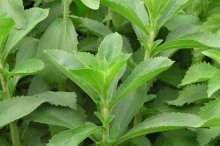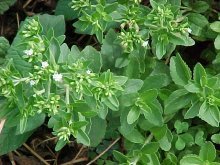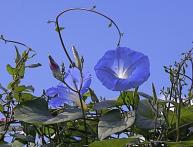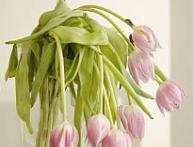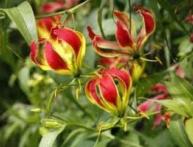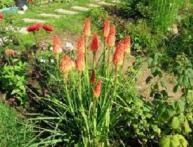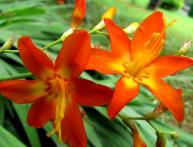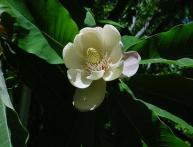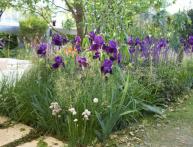How to grow stevia in open ground and what care it needs
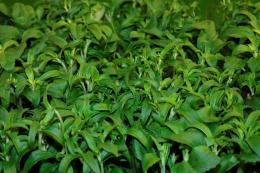
The Indians of South America have known the stevia plant for its sweet taste for several thousand years. When Academician N.I. Vavilov, in one of his expeditions to the American continent, drew attention to stevia, he collected and brought it seeds in USSR. In his report to the government of the country, the academician pointed out the possibility of using the plant for widespread cultivation with further processing in the food industry.
However, the academician himself became a victim of denunciations and slander, was arrested and died in prison from unbearable conditions of detention. All information about stevia was forgotten for decades. Attention was paid to stevia in the 70s and 80s of the last century as a potential natural sweetener and feed crop. Let's try to figure out how to grow stevia yourself and what to care for it.
Content:
- Description of the stevia plant, growing conditions
- Growing stevia in open ground
- Caring for Stevia During the Season
Description of the stevia plant, growing conditions
The genus Stevia belongs to the Astrov family. It has more than 250 species of different plants. Honey stevia is especially popular, which will be described below.
Stevia honey
The plant is represented by a herbaceous perennial form. It is formed as a multi-stemmed bush with a height of 0.8 m to 1.2 m. The root system is fibrous, well developed. The shoots are pubescent.The leaf blades are entire, up to 5 - 7 cm long, simple, slightly serrated, arranged in pairs.
The color of the leaves is deep green. The sugar content in dry leaves exceeds 11%. The flowers are white, collected in inflorescences of a basket. Seeds very small. It grows wild in tropical climates, but as an industrial plant it is cultivated in warm countries with humid and warm weather. Therefore, in temperate climates it is grown mainly as an annual crop or as a houseplant.
Choosing a place to plant stevia in open ground
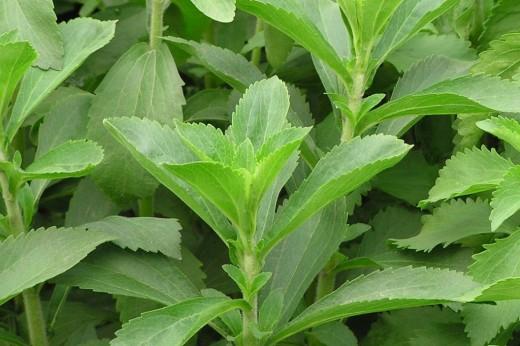
To plant stevia in open ground, you need well-lit and sun-warmed places, protected from drafts. In areas with partial shade, stevia will also grow, but the sugar content in the above-ground parts will be lower. If the average daily temperature drops below + 20, then the growth and development of stevia slows down. The best temperature is + 22 + 25 degrees.
In terms of mechanical composition, the best soils will be sandy and sandy loam soils with a neutral or slightly acidic environment. Heavy clay soils can be improved by adding turf soil, sand, and humus.
Stevia does not tolerate drying out of the soil and needs additional watering 2 - 3 times a week and the application of complex fertilizers every 15 days. To grow stevia in open ground, the best way is to grow it by sowing seeds. for seedlings Or you can plant stevia in the ground using green cuttings after roots appear on them.
Growing stevia in open ground
Due to the fact that stevia does not overwinter in most regions of the country, it can be grown as an annual crop by sowing seedlings. You can find seeds for sowing seedlings in specialized stores.Now they offer several varieties of stevia with increased sugar content, up to 20%:
- Delight
- Detskoselskaya
- Ramona has a sweet tooth
In the first ten days of March, a soil mixture is prepared for sowing seedlings. There are no special recommendations on its composition, but it is important not to add peat and add sand. Sand can be taken up to 1/3 of the total volume. The soil is moistened and the seeds are laid out on top, without being embedded in the ground.
Cover with glass and place in a warm, bright place. After a week, seedlings appear, which grow very slowly in the first weeks. The glass is removed. The growing temperature should be no less than + 25. At the age of 21 - 25 days, seedlings dive in individual pots. In early July they are planted in a permanent place.
Video about proper planting of stevia:
You need to be prepared that stevia seeds rarely sprout 100%, and only half of the resulting seedlings survive. An important condition for caring for seedlings is watering, spraying with warm water and maintaining temperature conditions.
Planting stevia with green cuttings
To get stevia cuttings in the spring, you need to dig up several plants in the fall, plant them in pots and bring them indoors. Cuttings are taken from the shoots of the mother plant in mid-May. Each should have 3 - 4 internodes. Sweet water is poured into a suitable ceramic or glass container, and 1 tsp is added to 1 liter of water. Sahara. Cardboard with holes according to the thickness of the cuttings is placed on top.
Leaves are removed from the lower internodes and the cuttings are inserted into the holes so that they fall into the water. The water is changed every three days, and the upper part of the cuttings with leaves is sprayed with water and sugar twice a day.
Its concentration is 10 g per 1.0 l. The cuttings are covered on top with a large-diameter cut plastic bottle. Roots appear on 7-8 days. As soon as they reach a size of 2 - 3 cm, the cuttings are planted in open ground. Before planting, it is advisable to take the pots out into the open air to harden the stevia.
Caring for Stevia During the Season
Despite the fact that stevia loves good lighting, in the first week after planting in the ground, it is advisable to stretch a material semi-permeable to sunlight, such as gauze, over it. 14 days after transplanting seedlings or cuttings, feeding begins. The first can be done with complex mineral mixtures diluted according to the instructions.
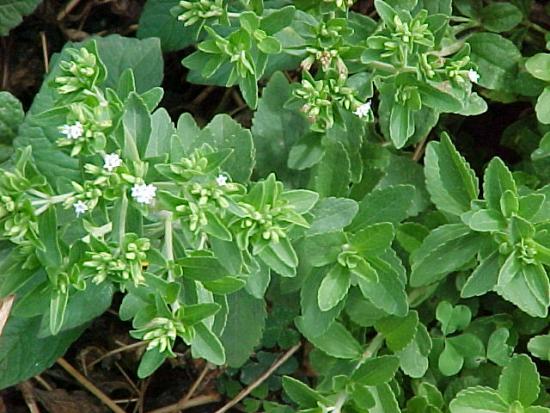
The next feeding is carried out after another two weeks. Mullein diluted in water in proportions of 1 to 10 is suitable. The frequency of the following feedings is once every 14 days. Also, throughout the entire planting season, stevia is weeded, removing weeds with simultaneous loosening of the soil under the plants. In hot summers, stevia plantings require systematic additional watering at least once every 3 to 5 days.
If stevia care is organized without major errors, then by autumn you can get powerful bushes more than a meter high. For personal use, the green parts of the plant are dried and used according to needs.

